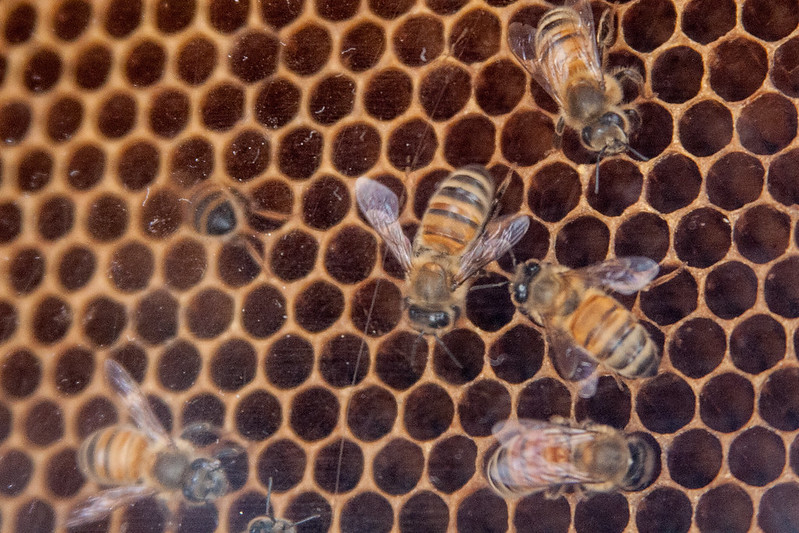Hello, Habr! I present to your attention the translation of the article "The agile swarm: How to design shareable work for software project teams" by Stephen Frein.

Image Credit Flickr
- (, ). , -, - -, .
( ), ( , ). , - «» , , , , . , , , - — , .
, , , . «» . , , «», , . — , , . , , , .
, . , , , - . , , , , «».
, . , , , , , , -, .
, . , . , .
, , , — -, DAO, .
, . , (, ), , ( ), ( ).
, . , , , , , « ».
.
— . , , , , (end-to-end) , .
, , , , « » , , , .
, , , . . ., , , , . , .
, , ( ), , , .
,
, «» , , , . , , . , , -, , . , «» - , .
Even if team members divide the user story into implementation tasks, they still don't have to work in isolation. Regardless of whether it is formal pairing or not, all people "swarming" over history must regularly communicate with each other and continuously integrate their results to avoid unnecessary misunderstandings and related rework.
Last but not least: hives thrive on communication
The fundamental condition for such a movement is separation. Teamwork by swarming is interconnected. To keep your swarms moving in the same direction, learn to make your work more shared.